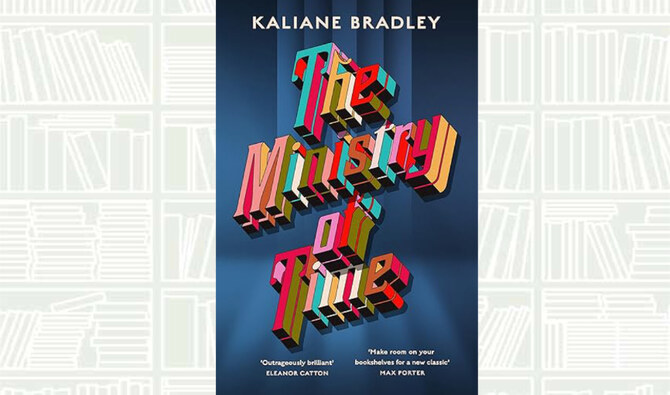Author: Kaliane Bradley
Kaliane Bradley’s 2024 novel “The Ministry of Time” invites readers along on an interesting adventure of time travel which also investigates the complexities of human emotion.
Set around a secretive organization that controls time, the story explores themes of destiny, choices, and the consequences of dealing with historic events.
The story follows a secret project designed to rescue some well-known characters from the past and transport them to the future.
In the future each visitor will be assigned a “bridge,” who is an officer to help them adapt to their new era.
One of the visitors from the past is Cmdr. Gore, an explorer who died in a failed Victorian Arctic expedition, according to history books.
In the story he is assigned to a female bridge who starts teaching him about life in the present day and how he can manage to live in the modern world, despite the major lifestyle changes he experiences throughout his day.
One of the strengths of this book is the author’s writing style, which is lyrical yet accessible. It takes the reader to different times and places easily. Each chapter is carefully crafted and contains clear descriptions that allow the reader to live the historic event.
Moreover, the dialogue is written with humor and awareness of the unfolding drama, which in some ways keeps readers engaged, while adding twists to maintain the tension without losing track of any character’s development.
Bradley’s story also explores how a simple change in history can create damage through time, leaving an impact not only on historic events but also on how the events affect personal relationships.
Some readers may find the timeline and character count a little overwhelming, but the author weaves these concerns together to a satisfying, thought-provoking conclusion.
Bradley’s imaginative storytelling and captivating writing skills make this novel a must-read for people who enjoy fiction and are fascinated by the possibilities of time travel.























